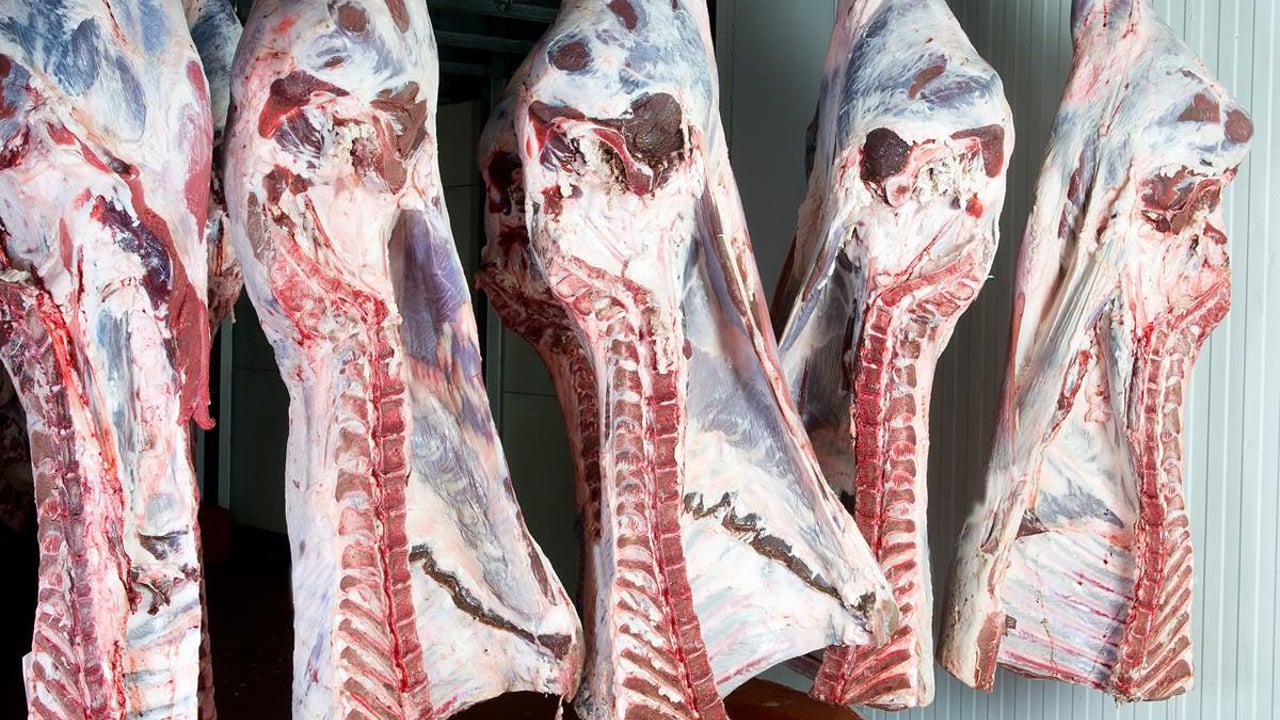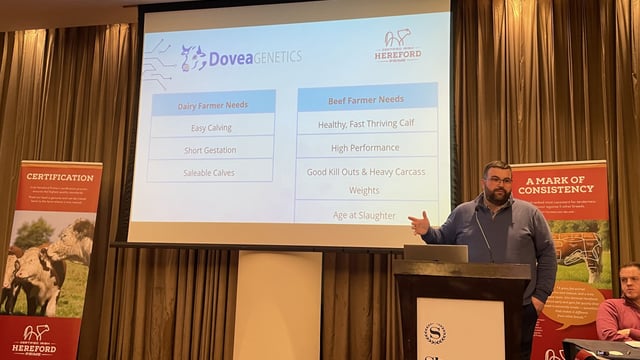Beef kill: Heifer supply up 11,000 head on last year
The first week of March has seen weekly beef kill numbers continue to defy all forecasts with supplies remaining above last year despite the forecasted 8% decline in factory cattle supplies for the first quarter of 2025.
Figures from the Department of Agriculture, Food and the Marine (DAFM) show that a total of just over 38,000 cattle were slaughtered at DAFM-approved factories in the week ending Sunday, March 9.
Factory cattle supplies last week were almost 4,000 head above supplies from the same week last year, with prices up by approximately €1.70/kg when compared to the same week in 2024.
The table below gives an overview on the beef kill for the week ending Sunday, March 9, versus the same week of last year and the cumulative kill to date this year versus last year:
| Type | Week ending 9-Mar-25 | Equivalent last year | Cumulative 2025 | Cumulative 2024 |
|---|---|---|---|---|
| Young bulls | 2,352 | 2,254 | 29,271 | 28,824 |
| Bulls | 571 | 497 | 3,834 | 3,842 |
| Steers | 14,210 | 12,838 | 125,347 | 122,875 |
| Cows | 8,633 | 8,825 | 83,479 | 90,846 |
| Heifers | 12,274 | 9,788 | 118,864 | 107,120 |
| Total | 38,040 | 34,202 | 360,795 | 353,507 |
The stronger prices currently being achieved is likely seeing more farmers either drafting cattle for slaughter earlier than usual or starting to fatten cattle earlier which could be why actual supplies are running above market supply forecasts.
Cattle with a carcass fat cover of a 2+ or above and below a 4+ are deemed 'in-spec' as regards fat cover.
Some farmers like to feed their cattle into a high three or low four fat score but with the strong prices currently on offer, the expectation would be that more farmers would be drafting cattle as soon as they reach the minimum levels of fat cover rather than feeding cattle on for longer. This is not currently the case.
A look at the DAFM data on grades and fat covers for the week ending Sunday, March 9, shows 23.7% of heifers had a fat score of 3+ with 18.8% of the heifer kill having a fat score of 4- and 11.5% at 4=. It will be interesting to see if average carcass weights have reduced for the first quarter of this year.





